Growing Helleborus: Where & When To Plant Hellebores
Plant these beauties from autumn through spring in well-drained soil
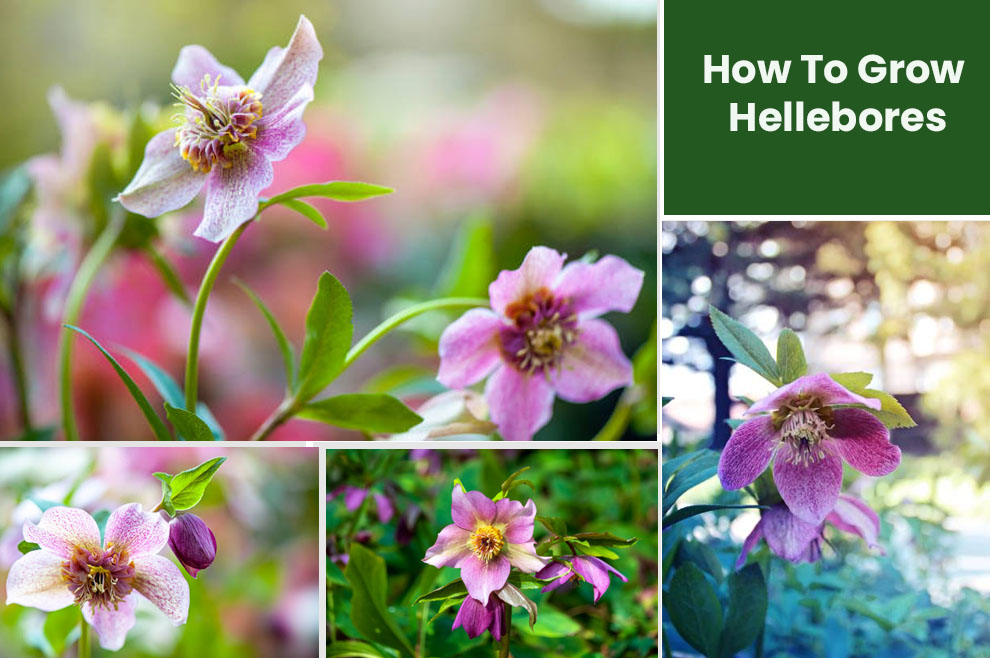
Hellebores are low-maintenance, easy to grow, and very undemanding. Botanically called the Helleborus, these belong to the Ranunculaceae family and are cold-weather flowering plants that look ravishing from January to March. Quite distinguishably, even when the seeds of these plants set, their sepals appear spectacular as they become green. These yield rose-like flowers in various hues like purple, white, and green.
When learning how to grow hellebores, you must know that these flowers typically, grow in USDA hardiness zones four through nine. They are early bloomers and retain their foliage in winter and their flowers cling to the plant until March.
They are woodland edge plants, thrive in moisture-retentive, rich soil, and fail to grow in wet and baggy conditions. Let us discuss when, where, and how to grow and plant Hellebores.
How To Plant Hellebores?
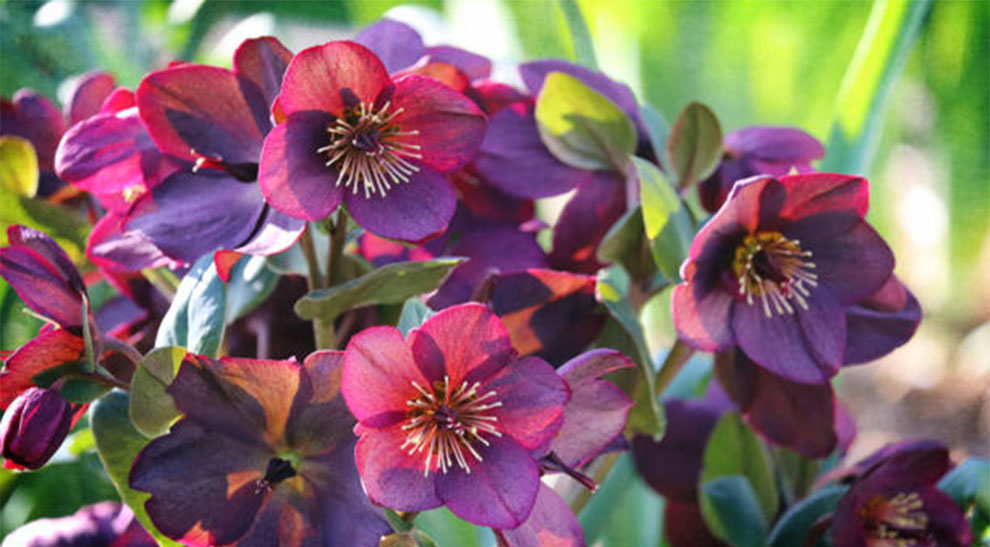
You can plant hellebores like any other perennial. So, use a spadeful of garden compost and mycorrhizal fungi to help the plant settle in. Once you insert it in the soil, press it in firmly and water well. Next, cut the giant leathery leaves when new foliage and flowers show and mulch the plant annually.
Once they establish, you must not transplant them. So, where to plant hellebores, becomes a critical decision.
Normally, it is suitable to grow them in well-drained, fertile soil in pots, underneath the shrubs, or in front of the border, where it receives partial shade to full sun. They are easy to grow and bloom for years at length since they are perennials.
Below, we will discuss in detail everything you need to know on how to grow Helleborus:
A. Pick the variety
There are several different varieties of hellebores. You can research some of the most prevalent ones available and depending on your geography and requirements, make your selection.
When you plant them from a nursery container directly, ensure that you shake the potting mix to free any roots bound, confirming you do not plant them too deep. It could interfere with flower production. Hellebores grow best with companion plants like bleeding hearts, snowdrops, daffodils, phlox, crocus, and Muscari.
B. When to plant hellebores?
The best time to plant hellebores is from autumn through spring. Typically, people buy them in flowers, ready for plantation. Autumn plantations give the plant ample time to establish the roots before the soil begins to dry out.
Please note that even though some people recommend planting them at any time of the year, we do not recommend growing them in the dry summer. So, curtail the plantation between October and March to yield the best results.
C. Where to plant hellebores?
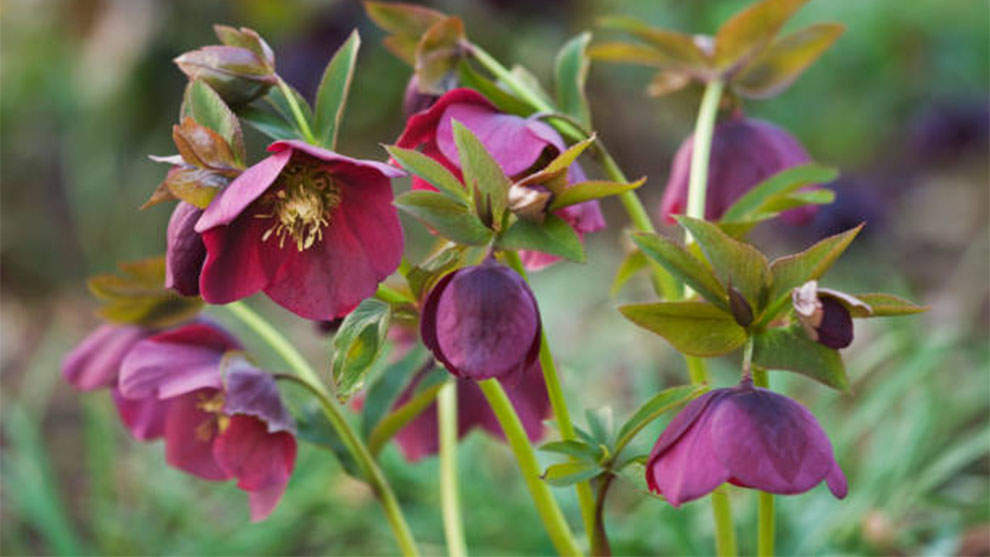
Hellebores can grow in the late-winter months when the weather is cold. They prefer full sun, but partial shade also works for the plant during the hot summer. Ideally, plant them below a deciduous tree.
It allows them to get the much-needed full winter sun because the deciduous trees’ leaves will fall off, and the Hellebores will have access to the light. We hope this explains how to plant hellebores.
The arrangement underneath a deciduous tree is also beneficial because when spring approaches, the trees are full of leaves, giving the shade hellebores seek. But, of course, you can choose to plant your Hellebores elsewhere too.
The idea is to opt for a shade garden or an area that can protect your hellebores from the full sun during the summer months. So, you must know how to grow hellebores in a somewhat raised spot. So, either plant them on the hill or mound up the soil. It gives the gardeners a vantage point for relishing the plant’s ground-facing blooms.
D. How much water does it need?
Once you grow hellebores, the first thing to consider is the plant’s watering frequency. Hellebores thrive in moisture, but they must not be sitting in wet soil for prolonged durations as that can result in root rot. Thus, you must aim to provide the plants with at least an inch of water every week on days without rain.
It will help the soil maintain the necessary moisture sans oversaturation. However, once the plant establishes, its watering requirements decline, and it can handle extended periods of dry spells. So, water it only when the topsoil feels dry.
E. What is the required soil for hellebores?
Hellebores thrive in well-draining and rich soil that has a high organic matter. If you have acidic soil, how to grow hellebores? You can add lime to the ground since hellebores enjoy alkaline or neutral conditions. Alternatively, in the pots, the plants thrive in loam-based compost.
Regardless, before you amend the soil, perform a soil assessment test. It helps you determine the soil nutrient and pH levels and make amends.
F. Dig holes and water
Hellebores are sensitive to root rot when buried. So, how to plant hellebores? You need to dig a hole as deep as the pot to avoid burying the crown. The two plants must be at least fifteen inches apart from each other for the plant to grow well.
When planting hellebores, please remember they are mildly toxic. Hence, they might cause some skin irritation. Thus, you must wear gloves when handling the plants. Next, squeeze the pot and turn the plant to loosen the plant from the container.
If your root ball is compacted, loosen the soil with your fingers and place the roots into the hole. Lastly, you can cover the soil and water immediately. It helps pack the soil and hydrate the plant.
G. Pruning and maintenance
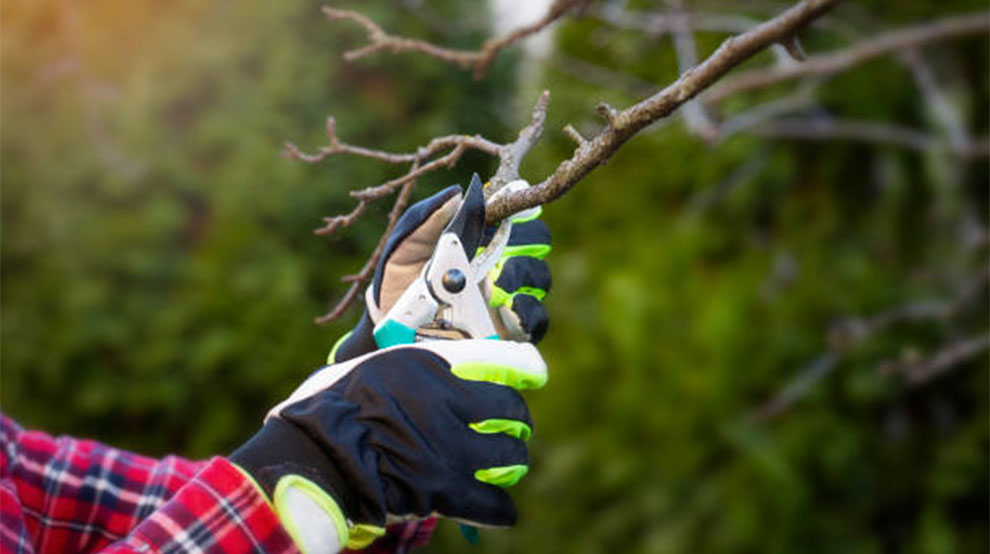
Just like knowing when to plant hellebores is imperative, you should also know when you must prune the hellebores. The best time for pruning is between late winter and early spring when the new growth shows on your plant.
Typically, fresh growth appears between the older leaves and stems. Cut the old, tattered growth with sharp, clean pruning shears as new growth emerges. While pruning, ensure that you cut as close to the base as possible. More on pruning hellebores here.
How To Grow Hellebores From Seed?
Here are the steps to follow to grow hellebores from seeds:
- For a healthy plantation from seeds, you must pick seeds and put them into the ground as quickly as possible. In the wild, the seeds are planted as soon as they drop down.
- Ideally, you must plant these seeds in early spring or early summer. The time of the plantation determines your success.
- The plants grow best in USDA zones three through nine, but if you have a plant in your yard, you do not have to worry because you already have the right conditions for growing hellebores.
- You must start with good potting soil in containers or flats.
- For growing Helleborus sow the seeds onto the topsoil, cover them with a thin potting soil layer, and top it with a thin layer of fine grit.
- Regular but light irrigation across summers is mandatory for successful seed germination, but neither let the soil dry out nor keep it too wet.
- Place the container in the same area where you will plant the seedlings, and let them sit outside across fall through winter.
- In winter, germination happens.
- Lastly, you can move the seedling to the container after seeing the leaves.
How To Grow Hellebores In Pots?
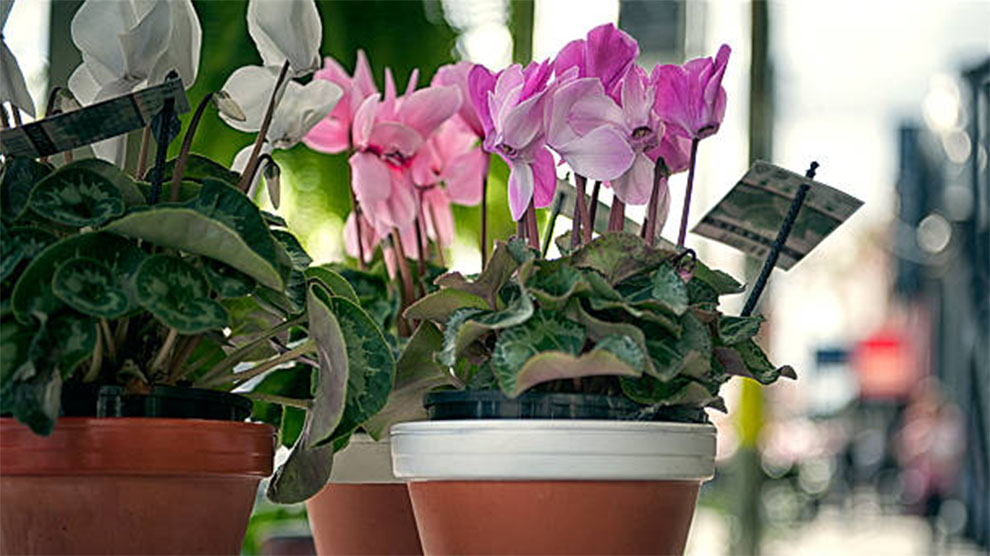
Some hellebores have an extensive root system, making them challenging to grow in containers. So, when you put the hellebores in containers, you must ensure the pot has enough room for the plant to grow and reach the nutrients and water. Here are the steps for planting hellebores that can help you with a successful plantation and hellebore care:
1. Choose the variety right – Some hellebore varieties suitable for growing in the container areHellebore Champion, Hellebore Pewter Leaf, and Hellebore Pink Frost, among others.
2. Prepare the container by cleaning it to reduce the risk of pests or diseases. You can scrub the pots or soak them in bigger tubs. Using vinegar or diluted bleach can help.
3. Be careful with the size – Your chosen pot size depends on the plant size you are starting with. It is best to start with a two feet deep and wide pot for hellebores.
4. Pick the correct soil –Your potted hellebores demands potting soil over regular garden soil.
5. Select suitable companion plants – Growing hellebores with plants like pussy willow, daffodils, pansies, or forsythia branches can add to your garden’s beauty.
6. Meet its light requirements – Hellebores love shade during summers but enjoy the sun during the winters.
7. Choose the correct spot –You must keep the plant where it receives full sun to partial shade.
8. Waterthem when summer kicks in. Watering twice a week will suffice. In winter, reduce watering frequency only when the top soil feels dry.
9. Fertilize the plant with a balanced fertilizer two times every year.
10. When the flowers fade, deadhead them.
How long does it take for hellebores to grow and bloom?
Seeds and seedlings must be mature to flower. So, this can take about two years after plantation.
Summing Up…
We believe that you have the necessary clarity on how to grow hellebores from seeds and otherwise. Pick the right variety for your zone and plant them right at a suitable location.
